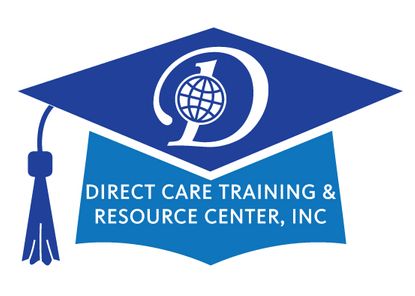 Mary Wallace is 88 years old. As sick as she is of being sick she is still pretty feisty. Even with all of that both her personal physician and her daughter know that when she leaves the hospital this time after a bout of pneumonia she cannot be trusted to maintain a regular routine of medication management and breathing treatments with a nebulizer along with hydration and nutrition management all by herself. If she is left to herself she is likely to be back in the hospital in a matter of a week or two after destabilizing at home from self-neglect. After all her memory is also not the best.
Mary Wallace is 88 years old. As sick as she is of being sick she is still pretty feisty. Even with all of that both her personal physician and her daughter know that when she leaves the hospital this time after a bout of pneumonia she cannot be trusted to maintain a regular routine of medication management and breathing treatments with a nebulizer along with hydration and nutrition management all by herself. If she is left to herself she is likely to be back in the hospital in a matter of a week or two after destabilizing at home from self-neglect. After all her memory is also not the best.
The daughter brings up the value of home health care. Her physician bristles. She thinks a nurse a couple of times per week for 6 to 8 weeks and the intertwining of rehabilitative therapists for perhaps an even shorter period is not enough. What is the solution that will not totally disrupt the daughter’s life?
 The physician has attended webinars and an informational event within the hospital about Patient Stabilization Centers, (PSCs). These are enhanced Adult Day Care programs that work with a physician and a hospital from discharge to execute a plan to keep the patient from returning promptly with the same diagnosis. Of course consideration has to be given to how hospitals are being financially penalized for these premature or shall we say “avoidable” re-admissions and most patients hate the thought of having to stay in the hospital again.
The physician has attended webinars and an informational event within the hospital about Patient Stabilization Centers, (PSCs). These are enhanced Adult Day Care programs that work with a physician and a hospital from discharge to execute a plan to keep the patient from returning promptly with the same diagnosis. Of course consideration has to be given to how hospitals are being financially penalized for these premature or shall we say “avoidable” re-admissions and most patients hate the thought of having to stay in the hospital again.
As a result of this well orchestrated Plan of Care and a trained staff within the PSC, a person benefits from:
a. Daily glucose monitoring
b. Receiving their insulin on a physician drafted sliding scale
c. Blood pressure monitoring
d. 2 nutritious meals
e. A schedule for ensuring proper hydration
f. Periodic rehabilitative therapies to ensure continuously improving agility and hydration
 In the end most program participants remain stabilized and out of the hospital. The physician is in regular communication during this medical model program to ensure the patient remains on the path of improvement. The enrollee feels the program is more credible as a result of the involvement of her own physician.
In the end most program participants remain stabilized and out of the hospital. The physician is in regular communication during this medical model program to ensure the patient remains on the path of improvement. The enrollee feels the program is more credible as a result of the involvement of her own physician.
The question is how many adult day care centers are functioning as Patient Stabilization Centers? How many are conducting regular presentations in hospitals educating the long-term care community of the availability of such a program right in the neighborhood? Real food for thought….
 For more on what it takes to be the very best in adult day care as the long-term care landscape changes in America and throughout the world, join the www.linkedin.com group Adult Day Care Innovation & Growth.
For more on what it takes to be the very best in adult day care as the long-term care landscape changes in America and throughout the world, join the www.linkedin.com group Adult Day Care Innovation & Growth.
Sign-in to the site and share your comments.
Contact the blogger: info@www.adultdaycaretraining.com
Photos are used for communicative affect only and do not imply the affiliation with or endorsement by any individual or organization.
